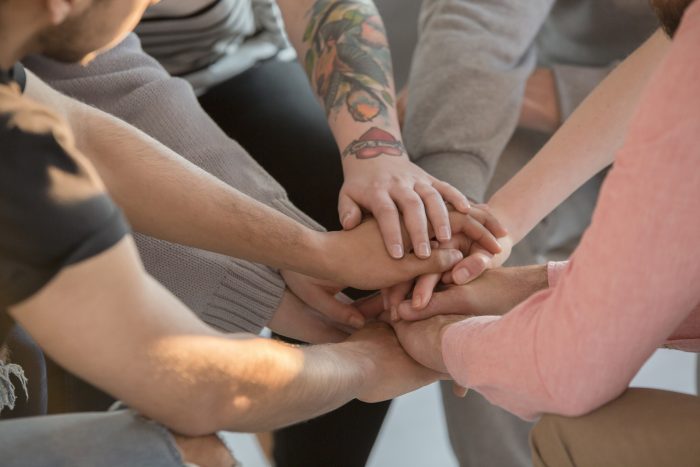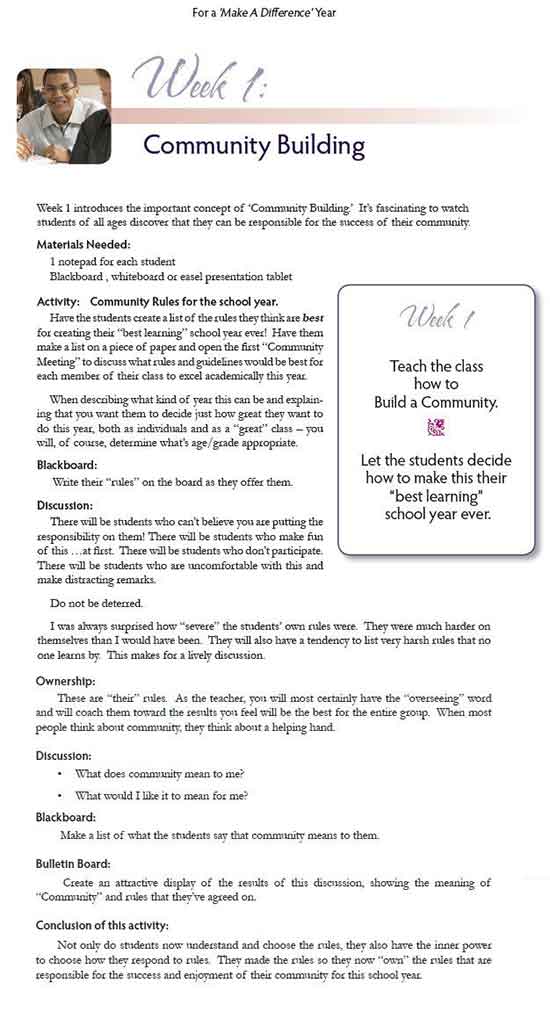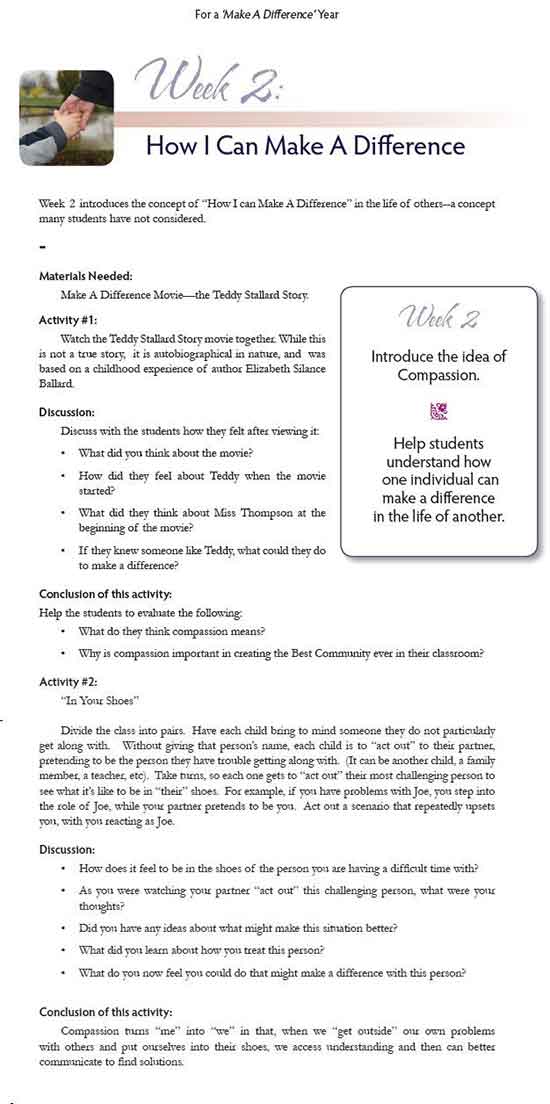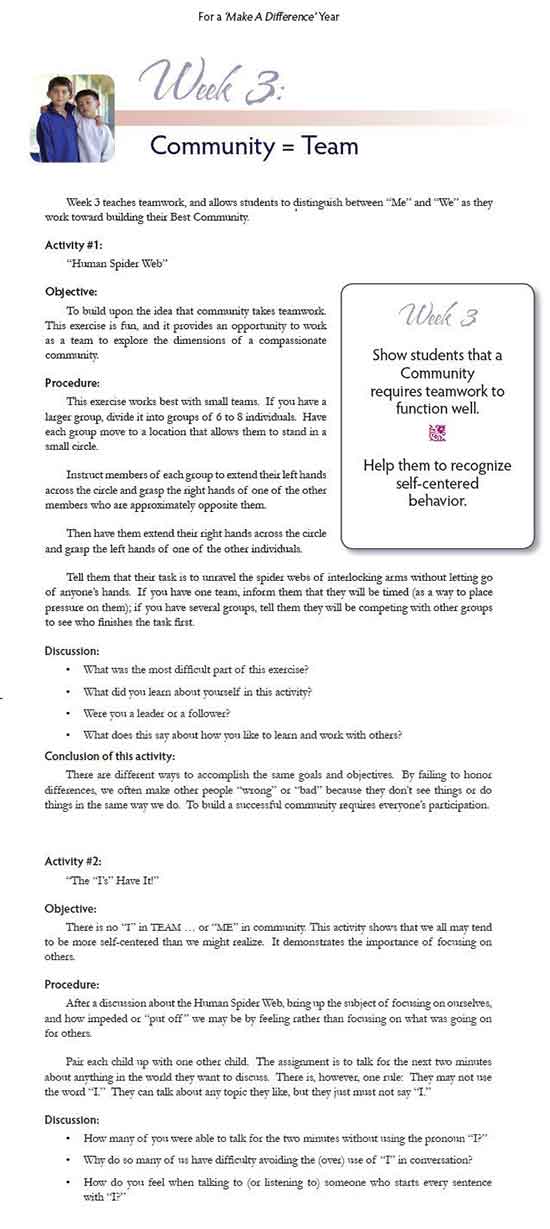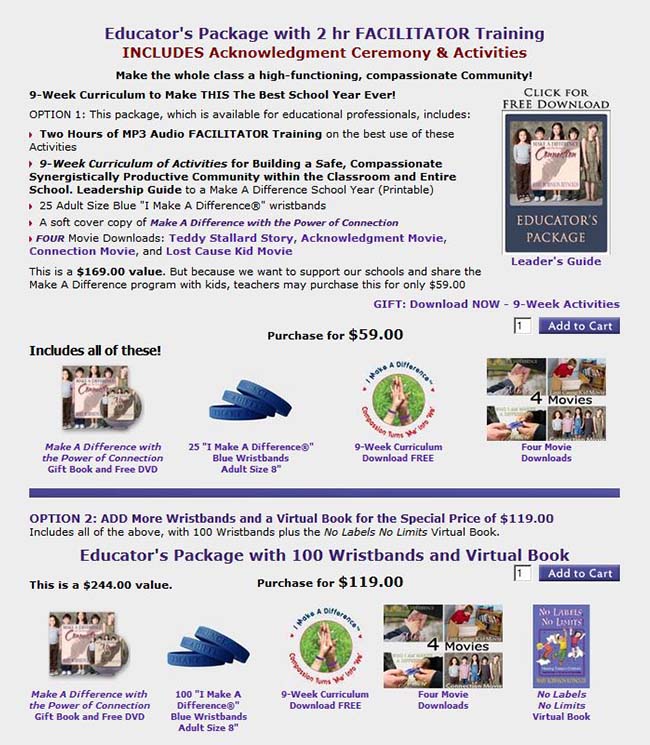
Becoming a TurnAround Specialist
To become a TurnAround Specialist you simply take a situation that is not going very well at all, and find a way to turn it around attitudinally by the deliberate mental and mindful act of relabeling. Give the situation a new label.
Call it something different.
The most effective place we can break through intense, unproductive behavior is at the thought level, rather than at the behavioral or the emotional levels.
The easiest way to generate new attitudinal energy is to look for new evidence, and use it to assign reframed understanding. Give the situation or the person a new explanation and meaning to what a behavior is trying to say.
In the case studies I’ve shared over the past several weeks, Jenna had a reason to be angry; she was shouldering the “clique” attacks of her peers. Chip was not evil; he was a little boy who believed himself to be hated by his teacher. And Randy was not severely emotionally disturbed; he had been treated most of his life as though he was unwanted.
My favorite TurnAround technique is to take a situation that appears to be a failure and relabel it a success. Calling what just happened a “success” instantly shifts your perception and gives new meaning to the experience. Try it!
You lose a ball game. Call it a success and see what valuable meaning and insights team members come up with! A child gets bullied, call it a success. Why? Because now we’ll teach that child the skills he needs to become stronger in his self-esteem and personal fortitude. Role-play and learning to stand up to adversity will be the successful part of this experience when handled correctly. The individual who has bullied needs attention and new life skills too.
When a student gets an “F,” call it a success. It’s a success because it is successfully magnifying something that is not being learned, so that attention will be given to teach—and reach—the child more effectively.
Each of these situations is a success because it is calling out the greatness in every one of us to make a positive difference. Calling whatever has happened a success is a powerful way to turn things around quickly.
Get Honest with Yourself
The most important and courageous thing we can do to really make a difference is to look at what we have decided is wrong with the individual that we are having the most difficulty with.
What we have determined is wrong with them, i.e., the label, becomes a substantial part of our attitude toward them. It’s true. It’s real. We are not responsible for their choice in behaviors, but their behaviors will in fact be affected by our energetic interaction with them. The great news is that as we become more conscious of the effects of attitudinal energy, we can have a greater degree of influence in getting a different outcome than we’ve been getting.
For now, you may be thinking, “Well, why don’t they just do what they know they should be doing in the first place? Why does this have to be up to me? I’m not the one behaving badly!”
True, and yet, as long as you have “an attitude” about “them,” you are energetically engaged with them. You, like they, are locked into judgment and resistance, making it a part of your experience. Whether you meant for your attitude to have this kind of impact or not, it does!
To change the experience, you must interrupt yourself at the thought level, change your thinking and therefore your attitude about the experience. You have an attitude about this. You just do. It’s really okay, and it’s really that simple. If you are to make a positive difference, you must be self-effacing and compassionate with yourself first so you can extend it to others.
It’s all about the connection …

Relationships that work do so because of how people are deciding to connect. It’s never about that we can’t connect. It’s that we must be willing to put compassion first. Whether you are skeptical or hopeful, when you simply decide to think compassionate thoughts, the power of the feeling that is ignited is palpable. The connection to another is instantly available and deeply real.
Connecting with compassion disarms every imaginable type of difficulty. I’ll never forget the time I was coming down a school hallway just as a fight between two 200-pound football linebackers was erupting. A crowd was forming and verbal expletives where flying everywhere. Pushing and shoving had started and fists were drawn just as I was arriving. Knowing that anger is all about perceived pain, fear and shame, I stepped right in between the two students, looked straight into the eyes and heart of the one doing the most hollering and firmly, yet compassionately, asked, “What do you think this guy has done to hurt you?”
Everything stopped. I could feel the crowd of onlookers take in a breath and hold it. The hallway was suddenly silent. The angry young man’s eyes instantly welled up with tears and he yelled, “No matter how @%#*! hard I try, he is always mean to me and he just doesn’t like me!” To which the other young man yelled back, “I like you! I just hate the @%#*! stuff you do!” The first young man, in a voice of shock and disbelief replied with a faint, “Oh.”
There was a moment of silence as they both looked at each other rather dumbfoundedly. Then they both turned toward their open lockers and started fumbling with their books as if nothing had happened. Knowing that they needed a moment to collect themselves, I moved the crowd that had gathered along to their classrooms.
As an elementary and middle school teacher and as a high school guidance counselor, I can’t tell you how many scary-looking bullies I’ve had the privilege to work with over the years. All it ever seemed to take, in the midst of their angry tirades was to connect from a compassionate place, and ask them who they thought had hurt them enough to make them feel this upset.
Every single time I did this, tears would burn their eyes almost before I could get the full question out. Their tears never ceased to amaze me and I’d fight back my own tears just so I could move them forward into their own personal understanding of the emotional build-up that had welled up within them. From there, we were able to work on the real problems surrounding the unacceptable behaviors that got them sent to my office in the first place.
Some people misinterpret what compassion really is. It’s neither sympathy nor empathy. The goal here is not to feel sorry for a child, nor is it necessary to “identify” with him or her. What is powerful—and life-changing—is connecting with the child who, as an individual, is totally competent and capable of learning in the ways that, together, you find work best.
When you are able to surrender your need to punish, judge and label children out of fear and a belief that you must be strict, rigid or harsh to control them into behaving, you will be able to access compassionate attention more readily and easily.
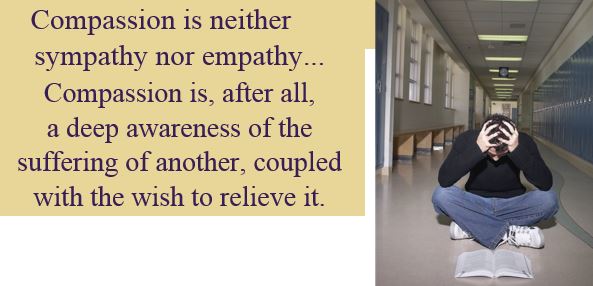
If what you are offering is compassion, you will feel a lift in your energy. That’s the real power of it. There is absolutely no force to it, so there is no energy expended. Everyone feels better, not worse. The only “work” necessary is remembering to interrupt yourself—in the midst of old reactionary behaviors to certain types of people and situations—to make a conscious choice to put compassion first.
When you are compassionate with others, you feel it for yourself. When this happens, you feel a softening throughout your entire being—your psyche, your shoulders, your back…and your heart. If this happens for you, then you can also know it’s happening for others.
Behavior-affirming attention is one thing anyone can give that has the potential to make a lasting difference. In working with children like Chip, Jamie Lynne and Randy, I did not attach the level of my giving to what they would or would not do.
It takes just three simple steps to create a classroom and/or home environment where individuals collectively will become self-managing and highly productive.
The Three Simple Steps to A Compassionate Environment
 Change your mind and you change your relationships. If you currently see certain children as “problem children,” then you are not seeing the inherent greatness in them that’s trying to get out. You are inadvertently making them feel like the enemy. When you allow yourself to be seduced by unskilled or hurtful behavior, you miss what they are teaching you. Children teach us exactly what we need to know…if we will just pay attention.
Change your mind and you change your relationships. If you currently see certain children as “problem children,” then you are not seeing the inherent greatness in them that’s trying to get out. You are inadvertently making them feel like the enemy. When you allow yourself to be seduced by unskilled or hurtful behavior, you miss what they are teaching you. Children teach us exactly what we need to know…if we will just pay attention.
Slow down and take a few moments to look past the behavior, to see what’s really going on. It takes less than a minute. The willingness to be open to a shift in your perception will instantly lift your own energy and will change things for the better as you now reach out to connect to the heart and genius within each child.
 Think Community. You must hold firm to the concept that your classroom or home environment is a safe haven. It’s all about community, where every single child is included and is expected to show up and belong. When you witness one individual doing something verbally or attitudinally harmful to his peers or siblings, i.e., his community, you simply and quietly take the child aside and address what’s really going on, openly and compassionately.
Think Community. You must hold firm to the concept that your classroom or home environment is a safe haven. It’s all about community, where every single child is included and is expected to show up and belong. When you witness one individual doing something verbally or attitudinally harmful to his peers or siblings, i.e., his community, you simply and quietly take the child aside and address what’s really going on, openly and compassionately.
At this pivotal moment, you can positively impact a situation in 30 seconds or less by applying my “What, If, When Technique” to individuals who have been hurtful: “What’s going on for you that you would do (or say) what you just did to so and so?”
If they don’t know, simply say, “If you did know, what would it be?” If they still can’t access what’s actually upsetting them, then say, “When you do know, I want you to tell me. We will revisit this before the end of the day. For now, let’s get back to work.”
That’s it. This very specific technique interrupts and transforms any unproductive experience with anyone. Simply asking “What’s going on for you” instead of “Why did you do it?” connects the dots to the heart of the matter instead of making up more cerebral excuses that never, ever get resolved!
It lets individuals know that, even though they’ve been unskillful in their treatment of others, they matter to you. They now have your full compassionate attention, and they know that you want to help them with whatever it is they feel they needed to strike out about.
 Repeat Steps 1 and 2 as often as needed for the next nine weeks.
Repeat Steps 1 and 2 as often as needed for the next nine weeks.
By then, you’ll have a classroom or home environment that’s a community where all individuals are included and are expected to show up and belong. They will excel beyond any predicted level, and you’ll reap benefits for holding firmly to this goal.

There is a heart that beats within every single one of us. Connection calls the heart of the matter forth in ways that are beyond our human understanding. How compassion works is a mystery. With behavior-affirming attention, there is a whole range of positive possibilities.
Research about the brain reveals that compassionate thoughts literally light up the frontal lobe of a person’s brain. (The frontal lobe is where the mind can access solutions.) When we are resentful or angry, there is no light in that part of the brain, and so we shut down and fail to function well. As soon as we deliberately think compassionate thoughts, this part of the brain lights up, and we can literally go from “impossible” to “possible” in an instant.
Compassion is, after all, a deep awareness of the suffering of another, coupled with the wish to relieve it. It is truly wanting others to be free from suffering. And when we offer this, we have made a difference.
There are times when we think our actions have not made a significant difference―and that can be disheartening. What’s important here is to take heart in those moments.

Remember always that you receive the instant you give and, in that, you can trust you’ve made a difference in someone’s life, because you felt it in your own.

Reaching out …

MakeADifference.com/Education
PS … To Make A Positive Difference by becoming a TurnAround Specialist, check out my Make A Difference with the Power of Acknowledgment UTrain Program and my Academic Success 101 Faculty & Staff and/or Self Paced Online Course for professionals and parents.



